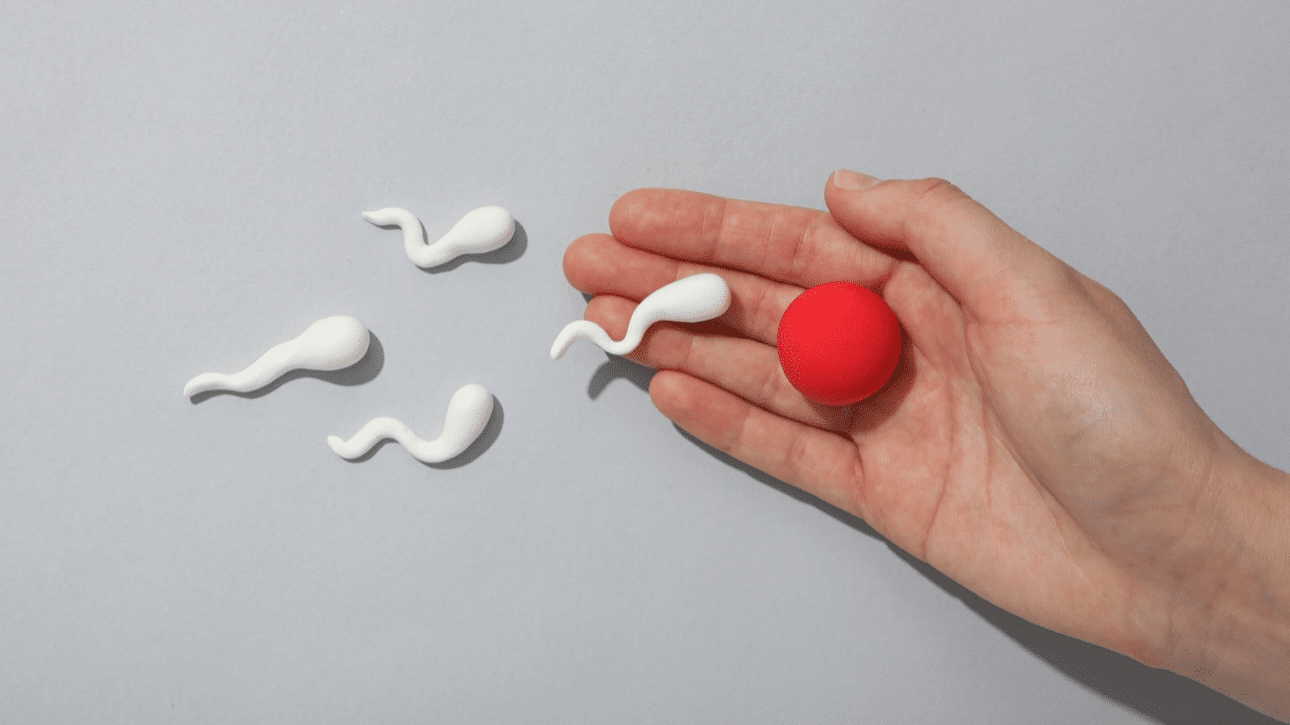How Long Does an Egg Last After Ovulation?
Understanding the lifespan of an egg after ovulation is crucial for couples trying to conceive or those looking to avoid pregnancy. Ovulation, the release of an egg from the ovary, is a key event in the menstrual cycle that marks the most fertile period for women. In this article, we will explore the lifespan of an egg after ovulation, the factors that influence its viability, and the implications for fertility and family planning.
The Lifespan of an Egg After Ovulation
After ovulation, the released egg, also known as the ovum, has a limited lifespan. On average, an egg can survive for about 12 to 24 hours after ovulation. This short window of opportunity is when fertilization must occur for pregnancy to be possible. If fertilization does not take place within this timeframe, the egg will disintegrate and be expelled from the body during menstruation.
Factors Affecting the Viability of the Egg
Several factors can influence the viability of the egg after ovulation:
1. Sperm Presence: For fertilization to occur, sperm must be present in the reproductive tract before or during ovulation. Sperm can survive in the female reproductive tract for up to 5 days, allowing for a wider window of fertility. If sperm is not present when the egg is released, fertilization cannot occur.
2. Egg Quality: The quality of the egg plays a significant role in its viability and the chances of successful fertilization. As women age, the quality of their eggs may decline, reducing the likelihood of successful conception. However, the decline in egg quality is a gradual process and does not affect all women equally.
3. Reproductive Health: Certain reproductive health conditions, such as polycystic ovary syndrome (PCOS) or hormonal imbalances, can affect the regularity of ovulation and the viability of the egg. Seeking medical advice if you have concerns about your reproductive health is important for understanding your fertility potential.
Timing Intercourse for Pregnancy
To maximize the chances of conception, timing intercourse around ovulation is crucial. Since sperm can survive in the female reproductive tract for up to 5 days, having intercourse in the days leading up to ovulation can increase the likelihood of sperm being present when the egg is released.
Methods For Tracking ovulation
1. Basal Body Temperature (BBT) Charting: BBT charting involves taking your temperature every morning before getting out of bed and recording it on a chart. A slight increase in basal body temperature indicates that ovulation has occurred.
2. Ovulation Predictor Kits (OPKs): OPKs detect the luteinizing hormone (LH) surge that occurs 24 to 36 hours before ovulation. A positive OPK result indicates that ovulation is imminent.
3. Cervical Mucus Monitoring: Changes in cervical mucus consistency can indicate ovulation. As ovulation approaches, cervical mucus becomes clear, slippery, and stretchy, resembling egg whites.
4. Menstrual Cycle Tracking: Keeping track of your menstrual cycle length and patterns can help estimate the timing of ovulation. Ovulation typically occurs around 14 days before the start of the next menstrual period.
Family Planning and Pregnancy Prevention
Understanding the lifespan of an egg after ovulation is not only important for those trying to conceive but also for couples seeking to avoid pregnancy. If pregnancy is not desired, it is crucial to be aware of the fertile window and take appropriate measures to prevent conception.
Methods of contraception include:
1. Barrier Methods: Condoms, diaphragms, and cervical caps create a physical barrier between sperm and the egg, preventing fertilization.
2. Hormonal Methods: Birth control pills, patches, injections, and intrauterine devices (IUDs) release hormones that prevent ovulation, making it unlikely for an egg to be released and fertilized.
3. Natural Family Planning: Also known as the fertility awareness method, natural family planning involves tracking menstrual cycles, monitoring basal body temperature, and observing changes in cervical mucus to identify fertile and non-fertile days.
It is important to consult with a healthcare professional to determine the most suitable contraceptive method based on individual circumstances and preferences.
The lifespan of an egg after ovulation is essential for couples trying to conceive or those looking to avoid pregnancy. With an average lifespan of 12 to 24 hours, the egg has a limited window of opportunity for fertilization. Factors such as sperm presence, egg quality, and reproductive health can influence the viability of the egg. Timing intercourse around ovulation and tracking fertility signs can maximize the chances of conception. Conversely, being aware of the fertile window is crucial for those seeking to prevent pregnancy and choosing appropriate contraception methods. By understanding the intricacies of the female reproductive cycle, individuals and couples can make informed decisions about family planning and take control of their fertility journey.









